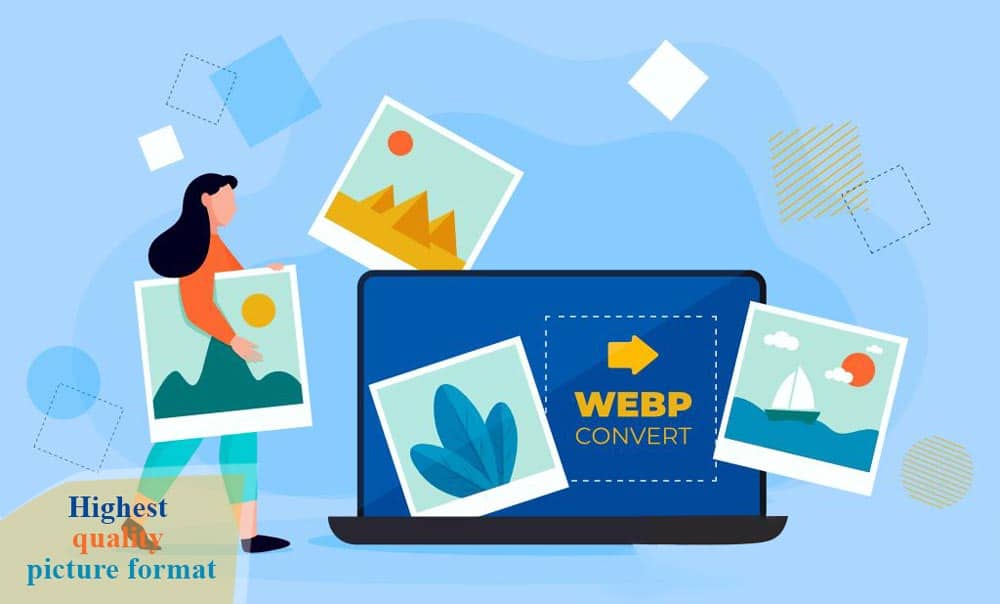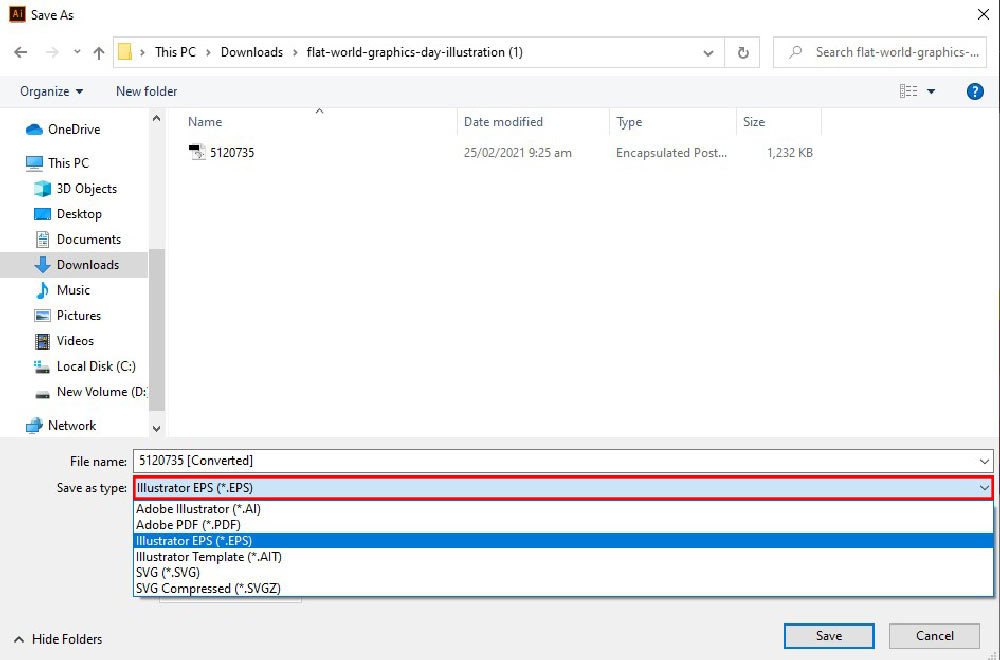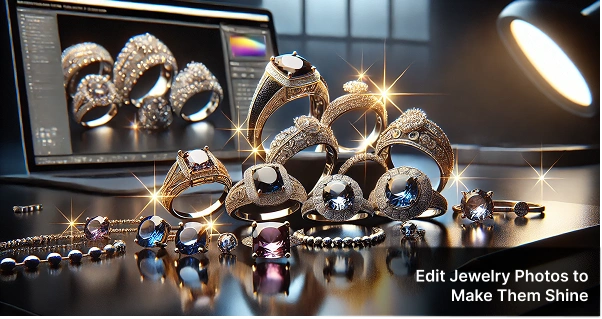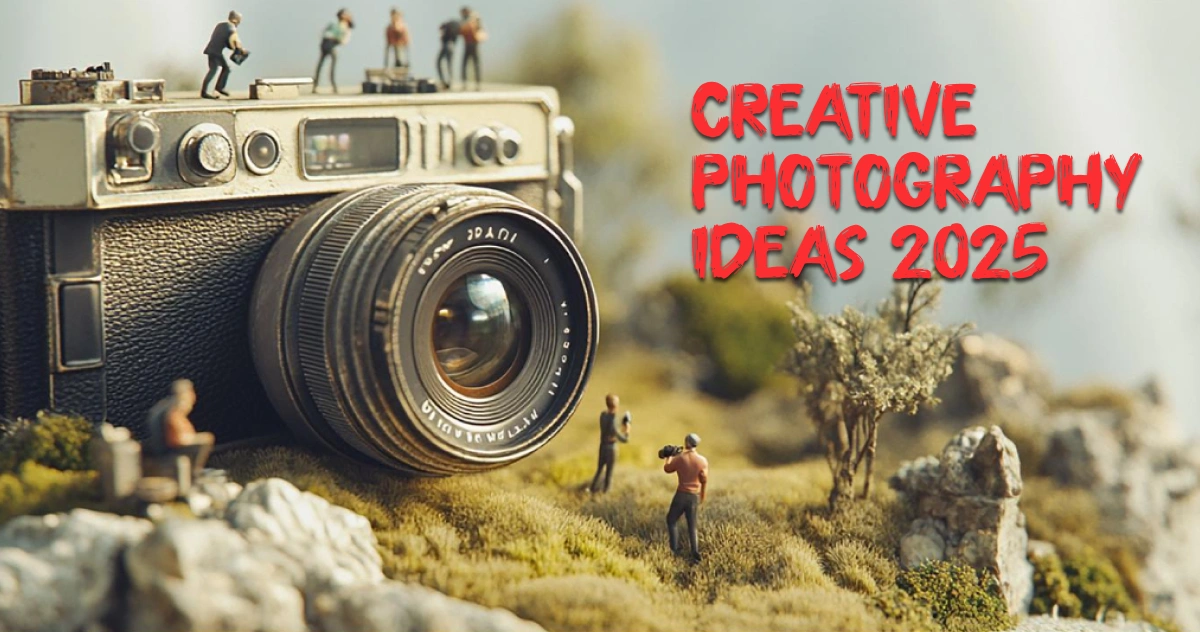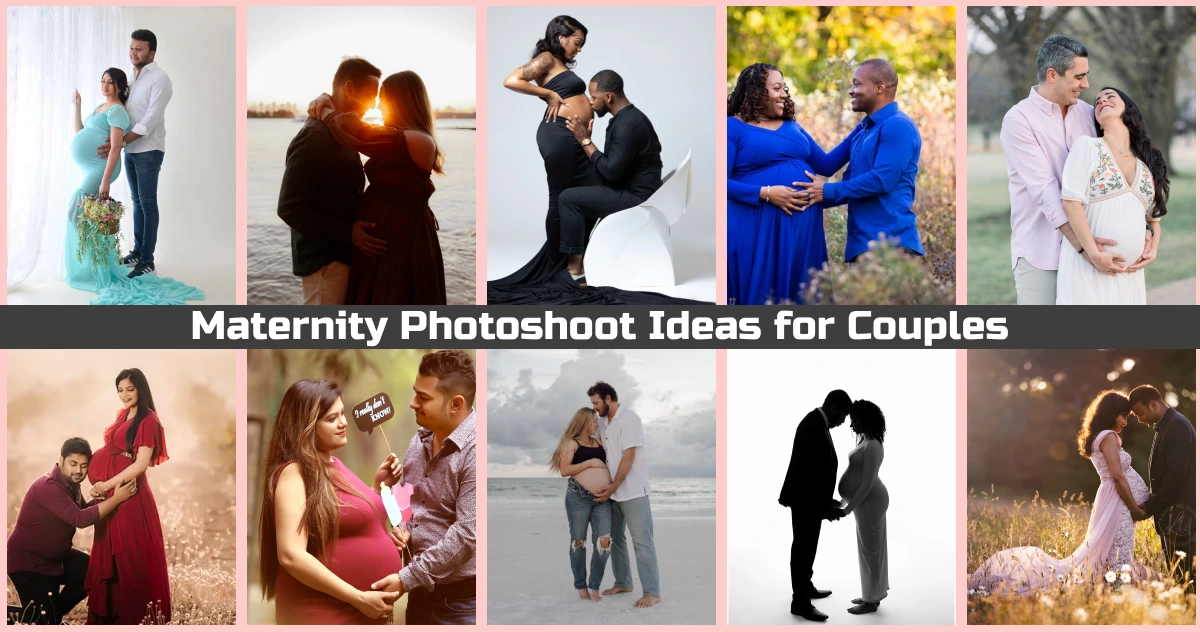What Is The Highest Quality Image Format?
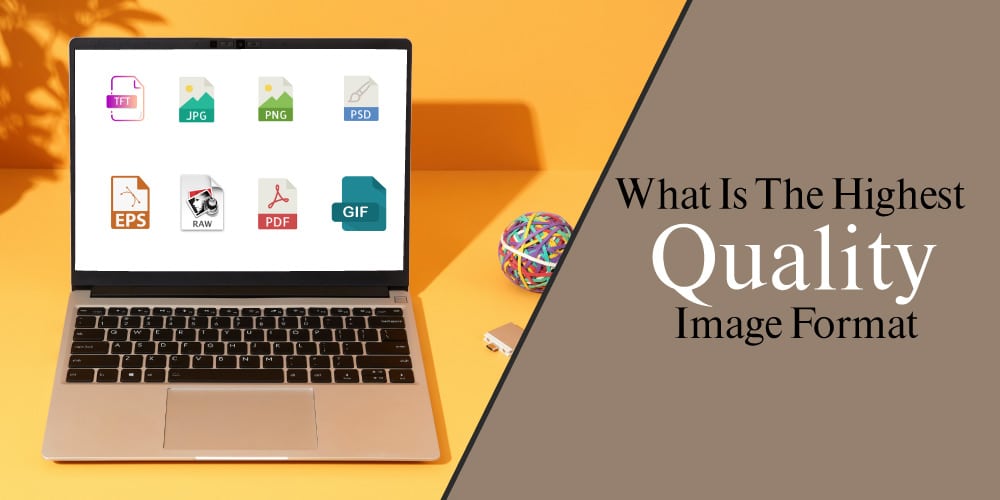
To know What is the highest quality image format? Is it necessary to save photos to retain their quality while printing and uploading them? It’s vital to understand the purpose of different file formats while working on a photo, whether you’re a photographer, graphic designer, or photo admirer. There are much more varieties of image file formats than you’ll ever get to know.
Table of Contents
What is the highest quality picture format?
The variety of formats provided is incredible. As a result, we will present you with the key characteristics of what is the highest quality image formats.
The following are the most popular image file formats:
- Raster Picture Formats
- Vector Files Formats
We shared different types of image formats specifically so that you can realize which format is actually needed for you and you will automatically realize which format will be perfect for you.
Raster IMAGE Formats
These pictures are made up of a grid of dots called pixels, each of which has a different color allocated to it. Raster pictures, unlike vector graphics, are resolution-dependent, meaning they only exist in one size.
When you convert a raster picture, you stretch the pixels, which might cause the image to become pixelated or fuzzy. When you expand an image, your program effectively guesses what image data is missing based on the pixels around it. The majority of the time, the outcomes aren’t ideal. Photographs, digital artwork, and online graphics such as banner advertisements, social networking content, and email graphics are all examples of raster images.
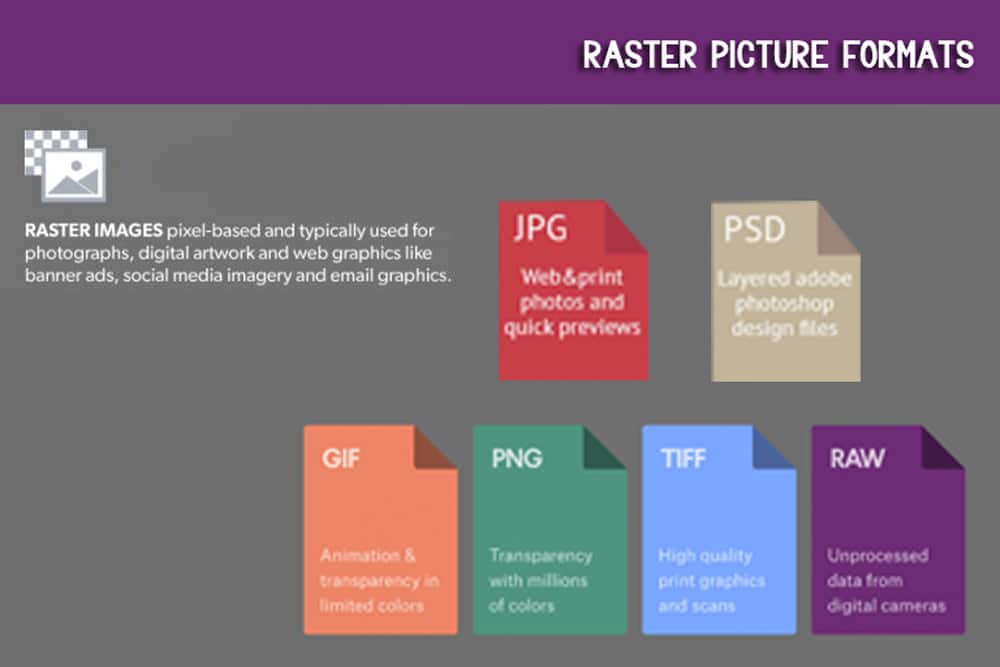
TIFF- Highest quality Image Format
Photographers and designers frequently utilize TIFF (Tagged Image File Format). It has no drawbacks, including the LZW compression option. TIFF is the most high-resolution picture format available for commercial usage. One does not imply that this format is superior to others. TIFF differs from other formats in that it is not compressed, making it more suited for picture post-production. Furthermore, TIFF allows you to generate whatever type of digital picture you want. You are allowed to use it in any photo editing program to enhance your photos.
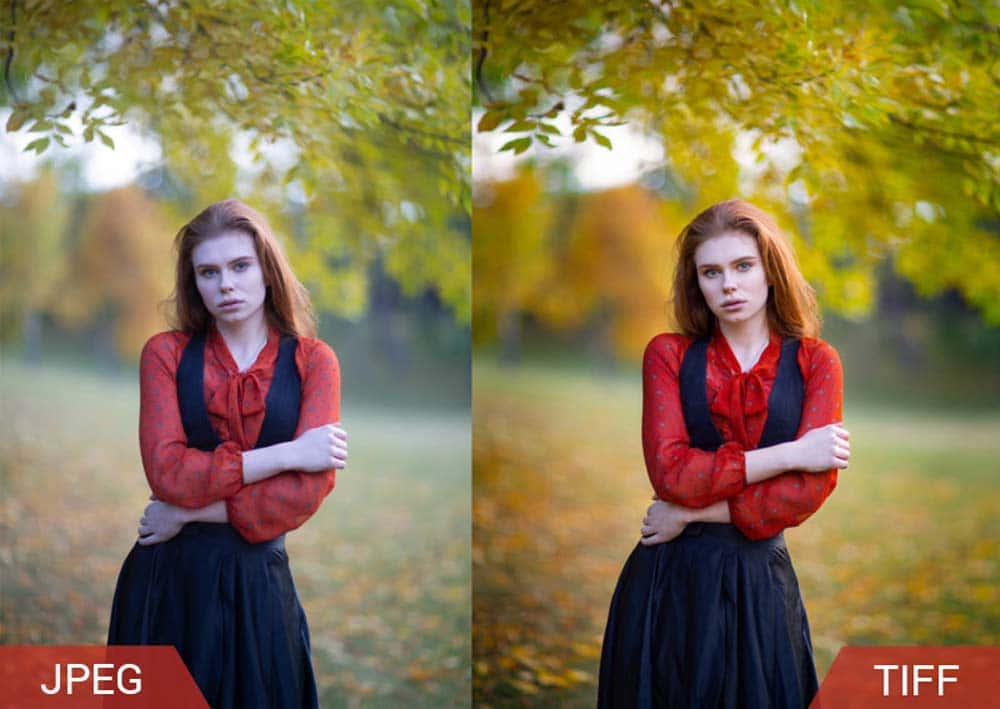
TIFF pictures will take up a lot of space on your device, so be prepared. Adobe Photoshop is a well-known image editor for creating, laying out, and editing raster pictures, as well as applying effects, shadows, and textures to the design process. If you need high-quality print graphics, you should use a TIFF. TIFF is the greatest picture file format, much like RAW. If you wish to print photographs in big sizes, this is the format to use. It would help if you did a quality examination. If you scan any needed papers, artwork, or pictures using TIFF, you can be confident you’ll obtain the finest duplicate of the original files.
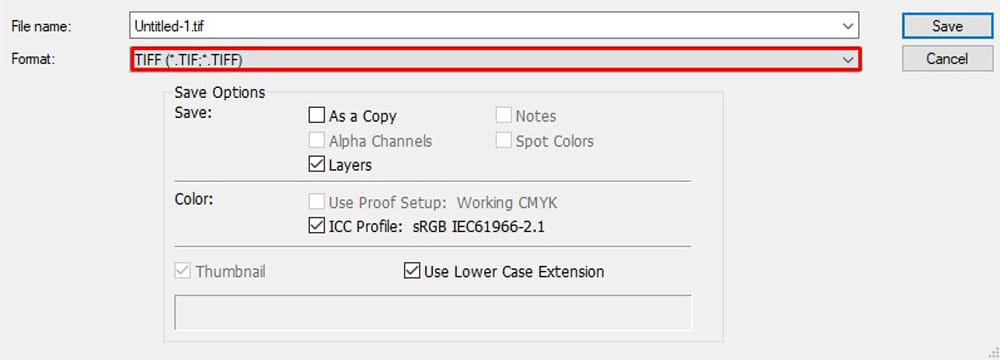
If you’re working with web graphics, you shouldn’t utilize a TIFF. TIFF is, of course, supported by the majority of web browsers. Its primary purpose, however, is printing. If you want to show off high-quality photos online, you should use PNG or JPEG.
JPEG- Best Photo File Format
Joint Photographic Experts Group (JPEG) is an acronym for Joint Photographic Experts Group. JPEG is the most prominent photo-saving format for evaluating what the highest quality image format is. The filename extension is jpg. This highest quality image format comes in various quality levels, including low, medium, and high. If you require a high-quality image, choose fewer compressed choices for this format. JPEG images are commonly sent through email, shared on social media, published on websites, and so on. One of its many advantages is that it saves a lot of space.

The format doesn’t take up a lot of room on memory cards. It means you may save a large number of photos without worrying about exceeding any storage restrictions. Keep in mind that altering JPEG photos might reduce their quality. If you’re working with internet photographs and artwork, you should utilize a JPEG. The highest-quality picture format gives you incredible raster editing and compression options.
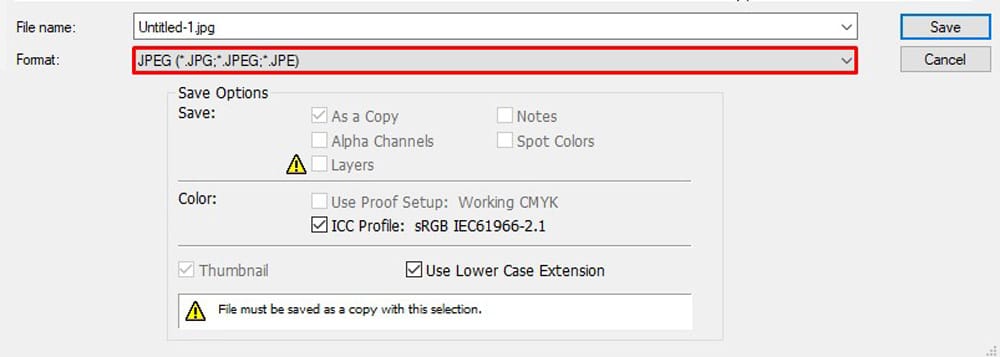
As a consequence, you’ll get online pictures that are easy to download. You can’t wait to get your photographs or artwork printed. JPEG images are suitable for editing and printing since they have a high quality and minimal compression. It is necessary to offer clients a short preview picture. To send JPEG photos through email, you decrease their size. If you want a transparent online graphic, don’t use a JPEG. JPEG is not a viable choice since it lacks a transparency channel and requires a solid color background.
PNG – High-Resolution png
The PNG (Portable Network Graphics) file format is a useful tool for picture modification. It’s the highest quality picture format for creating stunning effects with transparent backgrounds or drop shadows.
PNG will let you keep both the quality and the information of your photos. You can use this design for logos in general, Because of its massive scale. If you need high-quality transparent online images, you should use a PNG. Transparency may be turned on or off in a GIF, for example. Furthermore, as compared to a GIF, the PNG image format has amazing color depths, allowing for a more colorful image.
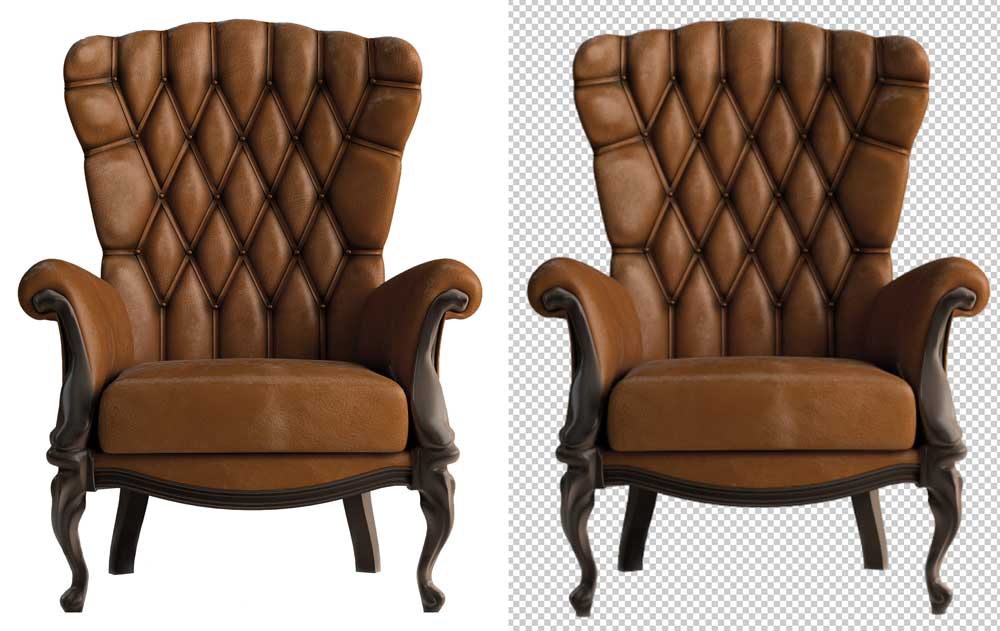
You work with illustrations that have a limited color palette. Due to its outstanding ability to cope with a limited color palette, PNG is the only viable option here. You’ll require a tiny file. PNG files have very small sizes. Colors, shapes, and text that are simple will appear nice. Because of this, it is the best image type for online graphics.
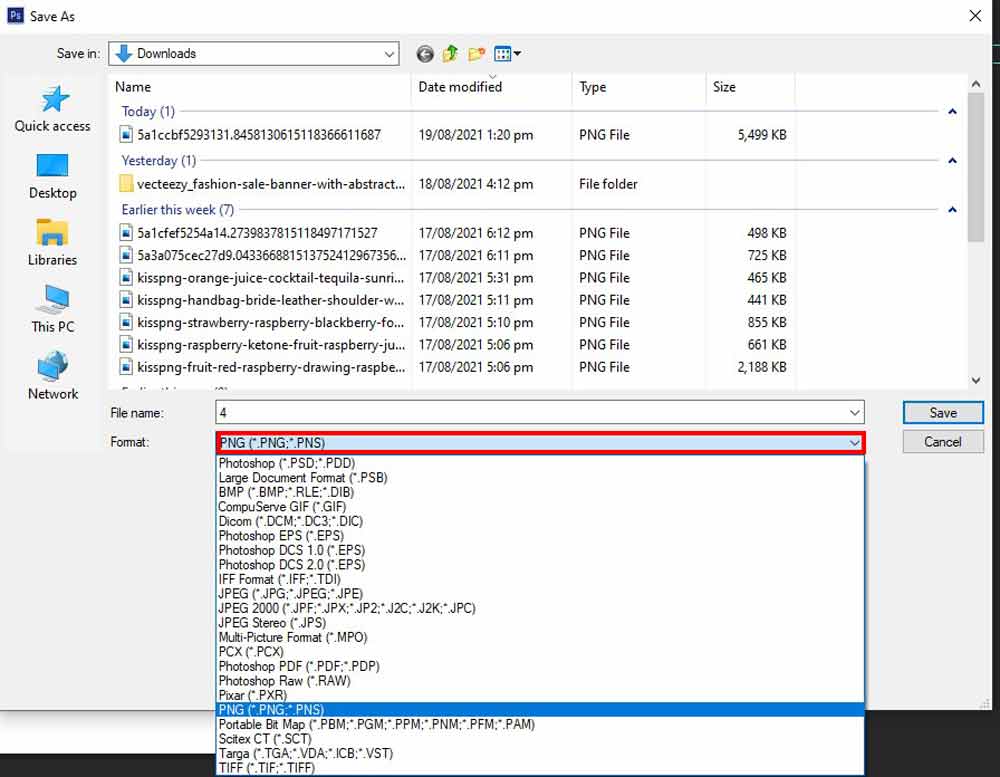
If you’re working with artwork or pictures, you shouldn’t pick a PNG. Due to its excellent color depth, this format can handle high-resolution images. However, because it is a lossless picture format, the file sizes will be rather big. You can see PNG images on even the biggest computer screens. You can print a photo saved in this format, although TIFF or JPEG are better options (lossy).
GIF- best format for pictures
When it comes to picture quality, GIF (Graphics Interchange Format) is quite similar to PNG. Are you curious to know the uses of GIFs? To make the animations, without a doubt. Because this format does not have a large color spectrum, it cannot be considered a great fit for many photographs.
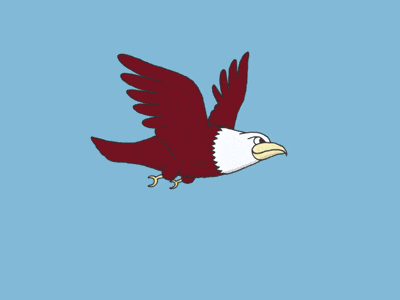
GIF pictures, like PNG images, can be translucent. However, because this format does not allow partial transparency, no shadow effects may be expected. If you want to make a web animation, you should be using a GIF. A single GIF image contains all of the animation frames and timing information. You may create a brief animation in any image editor, such as Photoshop, and export it as a GIF file.
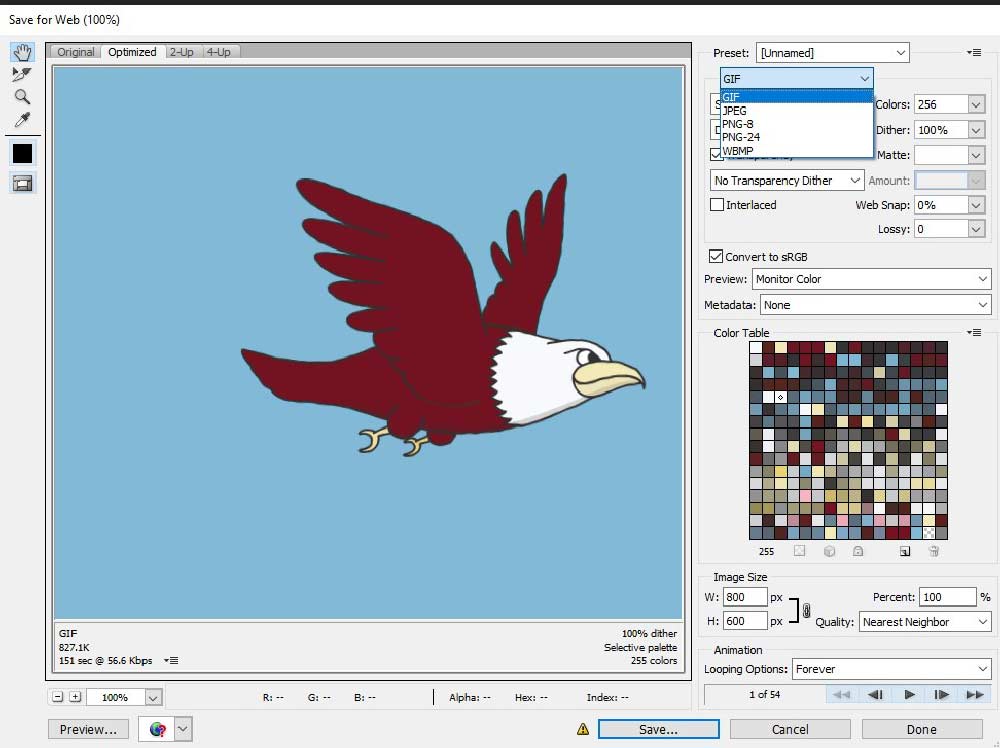
You’ll need a tiny file. GIF images reduce significantly using compression techniques. As a result, this file format is ideal for making basic icons and online images. If you want the best picture quality that looks like a photo, don’t use a GIF. Even while GIFs can have a high quality, they only have 256 colors. As a result, when you convert photographs to GIFs, they will appear less brilliant and flat.
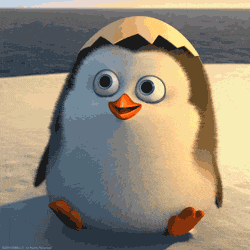
PSD- Best Type of Image files
PSD stands for Photoshop Document and is a proprietary layered picture format. You can modify these Photoshop-created original design files with various layers and picture adjustments. PSDs are most commonly used to produce and modify raster pictures, but they may also contain vector layers, making them highly versatile for various tasks. A PSD file may be saved in various picture file formats, including all the raster formats mentioned above.
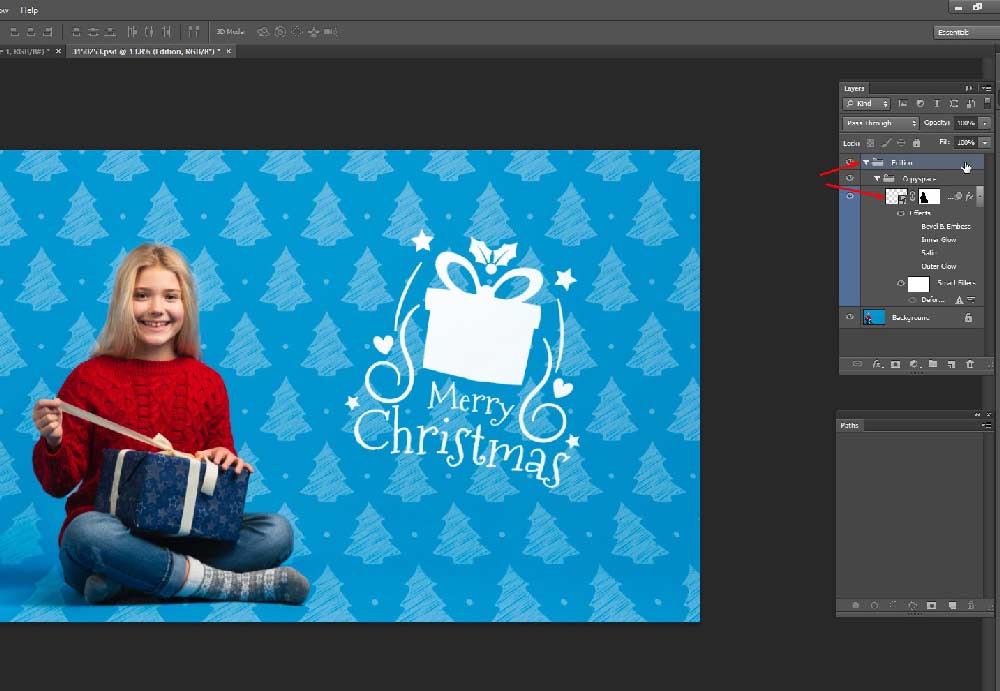
If you wish to edit photographs, you should use a PSD. You may make color corrections and other editing adjustments in PSD image format, such as adding text or layers. You must alter artwork for either digital or print use. This might be a painting, a photograph, or a doodle, for example. Use Photoshop to double-check that every shadow, line, and texture is in the correct spot.

For the web, you’ll need digital pictures. Make them with Photoshop for email headers, social networking graphics, banner advertisements, and videos, among other things. You’ll know they’re the right size and optimized for online use if you do it this way. When you’re planning to put a photo online or provide a customer a preview, don’t use a PSD. Because the web supports JPEG, convert the image to test if the audience will see it. In this scenario, downloading it shouldn’t take too long.
RAW Image format
In a raw picture format, you can save the unfiltered data collected by a camcorder or scanner’s sensor. You can treat images for color, white balance, exposure, and other factors before translating and compressing them into another format, such as JPEG or TIFF. Raw pictures split the unprocessed and processed data into two files, leaving you with the highest-quality image possible, which you can modify non-destructively in a photo editing program like Photoshop.
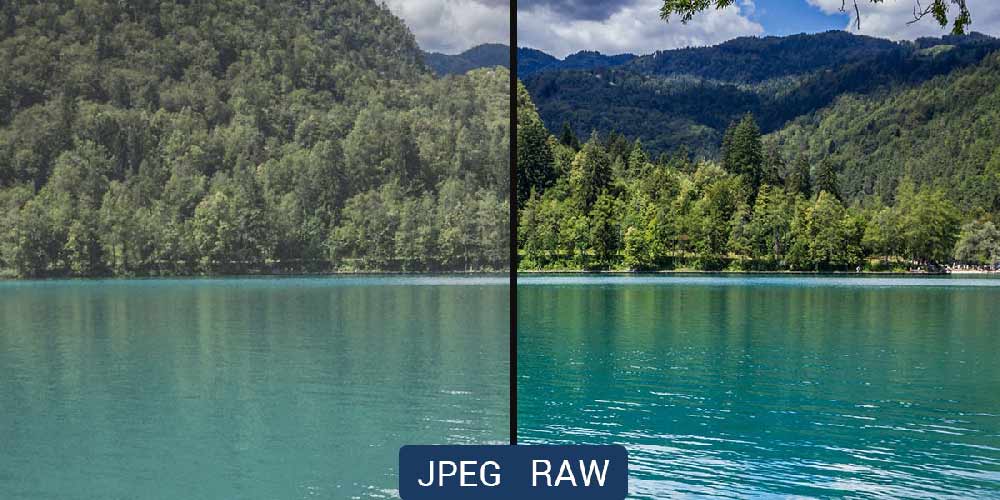
There are many other raw formats, but the most common ones are CRW Canon, NEF Nikon, and DNG Adobe. When taking and processing photographs, you should choose RAW. Set your camera to RAW mode to capture the most versatile image. Then, using a suitable photo-editing tool, make any necessary adjustments to your image. When dealing with online graphics, avoid using RAW, because RAW is for picture editing. Convert your photographs to JPEG when you’re ready to share them on the web.
Vector File Formats
The vector graphics image format is built on a collection of line segments, commonly known as vectors, representing the object. A complex design has a division into simple shapes. Every vector format image consists of numerous individually changed components. To put it another way, the greatest image quality is guaranteed whether you zoom in or out on a vector file. This allows the designers to work with the brand without the worry of it becoming a hazy image. Furthermore, the file size is virtually unaffected by the size of the artwork. Thus the vector picture is always tiny.

PDF Image Format
Portable Document Format (PDF) is the highest quality image format that allows documents and images to be shown accurately on any device, application, operating system, or web browser. PDF files have a sophisticated vector graphics foundation at their heart, but they can also show raster graphics, form fields, and spreadsheets.
Because it is a near-universal standard, printers frequently require PDF files before sending a final design into production. Both Adobe Photoshop and Illustrator can export directly to PDF, making it simple to get started and finish your design.

If you wish to print your image, use a PDF. The highest quality picture format for printing is PDF. Because of its adaptability, this is a very accessible format. A large number of printers use it. You must upload the photos to the internet. The PDF format is the ideal picture type for the web for storing and viewing your whole bundle of posters, flyers, periodicals, and booklets in one file.

When you still need to edit your illustration, don’t use a PDF. Because PDF is not for editing and modifying images, you’ll need Photoshop to work with raster pictures and Illustrator to work with vector graphics.
EPS- eps File ext.
The vector format EPS contains two-dimensional graphics data in the form of text or an image. Graphic designers and image experts frequently use these files. When it comes to storing graphic data after enlarging an image, EPS is the best image format. When you need to transmit a vector logo to a customer, designer, or printer, you choose an EPS. You don’t have to worry about where your logo will be positioned or printed when you use an EPS file. It will always display at the right resolution, regardless of its size.
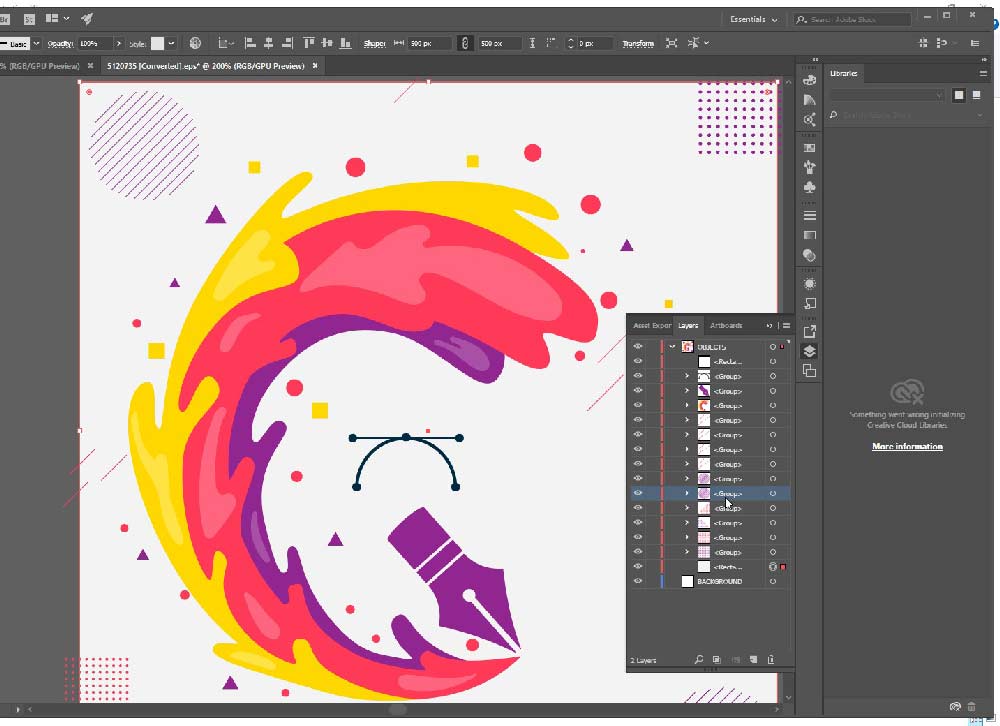
When working with pictures or artwork, avoid using an EPS. Although EPS can handle raster pictures, it was created with vectors in mind. When working on a picture project, use a PSD, TIF, or JPEG.
AI – Best Image Format
The best picture format is AI, which stands for Adobe Illustrator and is a proprietary vector image format. Adobe EPS and PDF standards are to generate the format. AI files, like those other formats, are largely vector-based. However, they can also contain embedded or linked raster graphics. You can save AI files as PDF and EPS files and JPEG, PNG, GIF, TIFF, and PSD files. When altering the vector, you should engage an AI. When you need to modify the details of your picture, AI is the highest quality image file type to use.
It will help you to do the task in just a few clicks. You’ll be creating vector drawings of various levels of sophistication, such as logos and icons. This format allows you to increase the file size, making it ideal for photos to use for various applications.
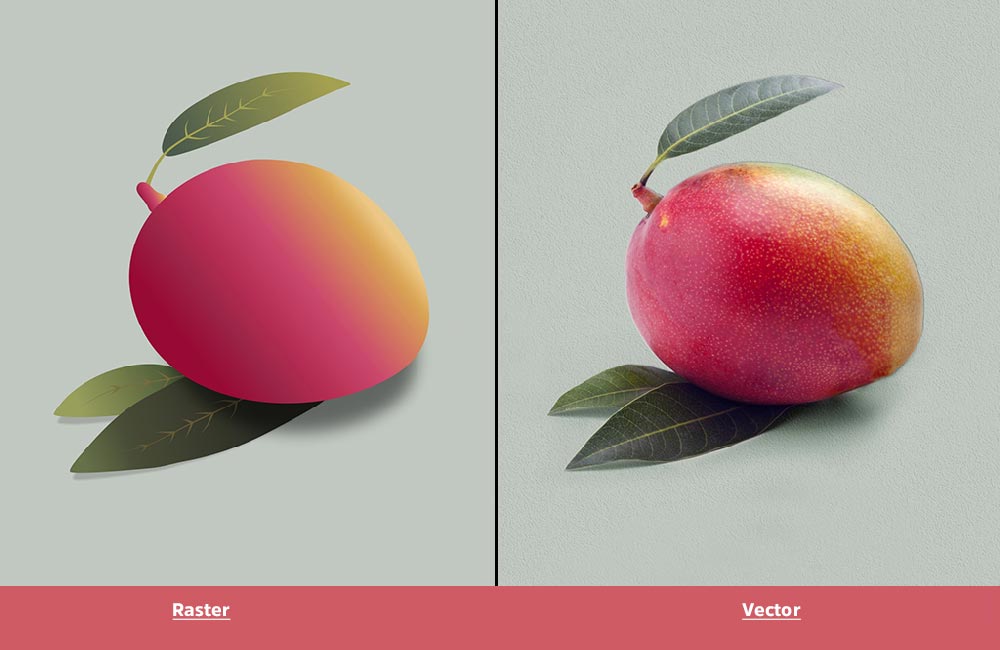
You must print all of the designed winners on one page. The optimal picture file format will be Illustrator. You can easily combine Flyers, business cards, and logos with other raster images. Illustrator provides a wide range of text editing capabilities to assist you in creating a flawless logo design. If you’re going to modify a raster image, don’t employ an AI. If your file contains a raster image, Illustrator will not be suited for altering it since it offers a few tools, which will be insufficient.
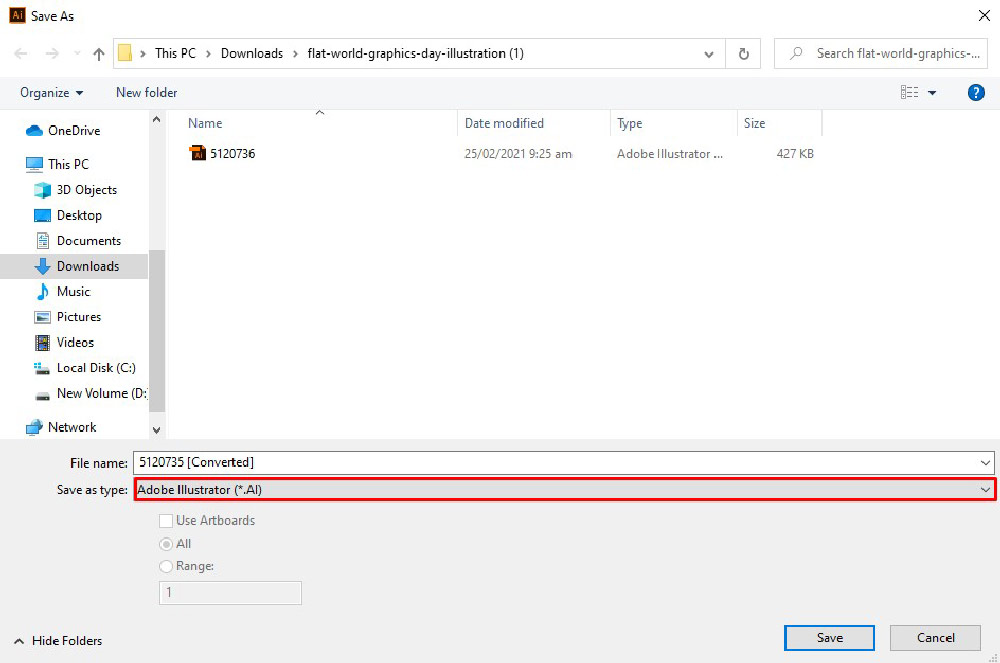
- To know more about the different types of image formats then check out the below video tips-
Video source: Techquickie
Conclusion
All of these facts regarding what is the highest quality Image Format was vital and properly presented. If photographers wish to edit their images afterward, they can shoot them in RAW format. Otherwise, the camera SD card may hold a greater amount of JPEG files. As a consequence, photo quality is more than just huge file sizes and excellent resolution. It should also have the correct format. The highest quality image is the one that best suits your needs. So this is a clear concept and now you can realize that what is the best image Format need for your working purpose.

